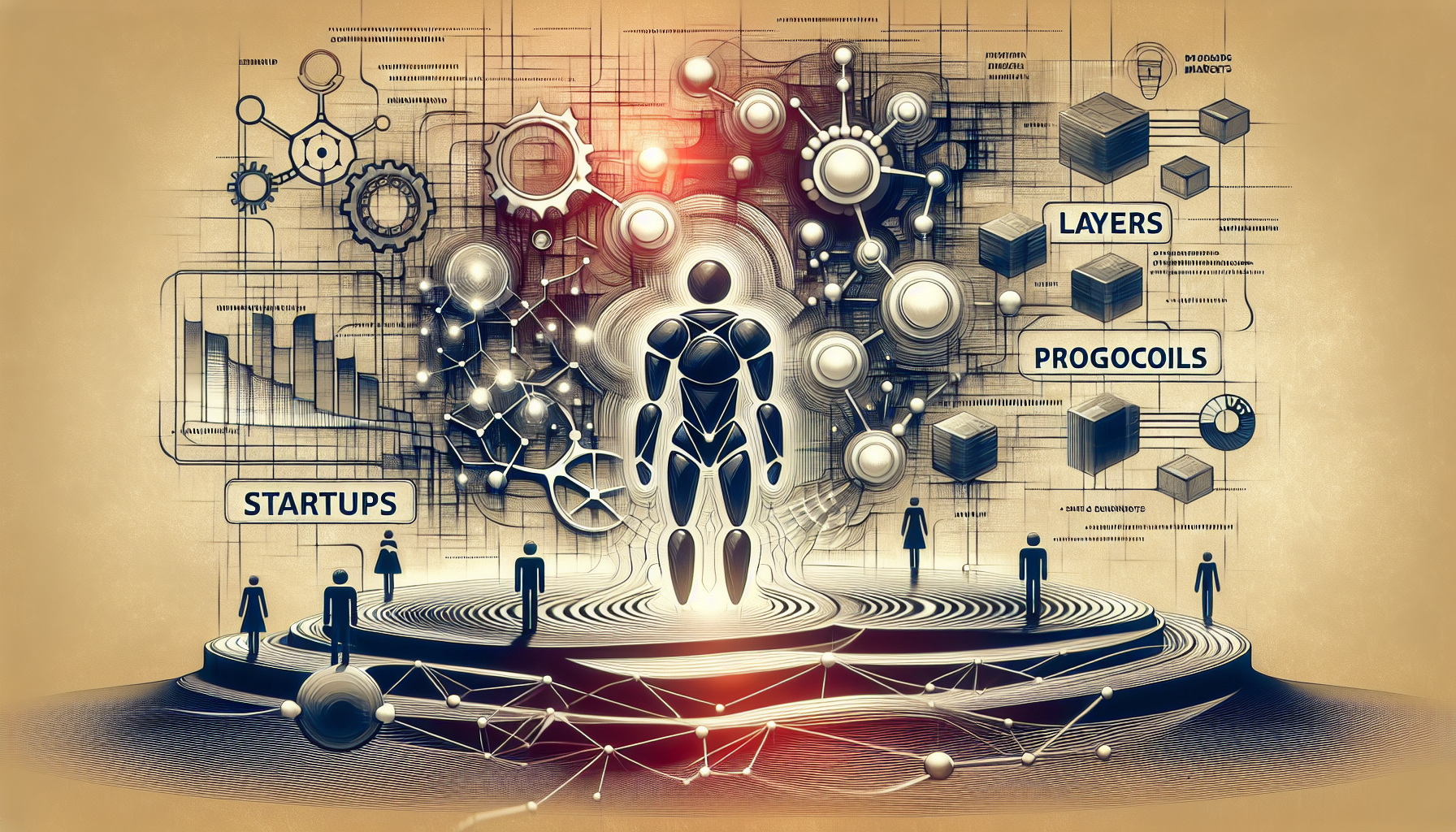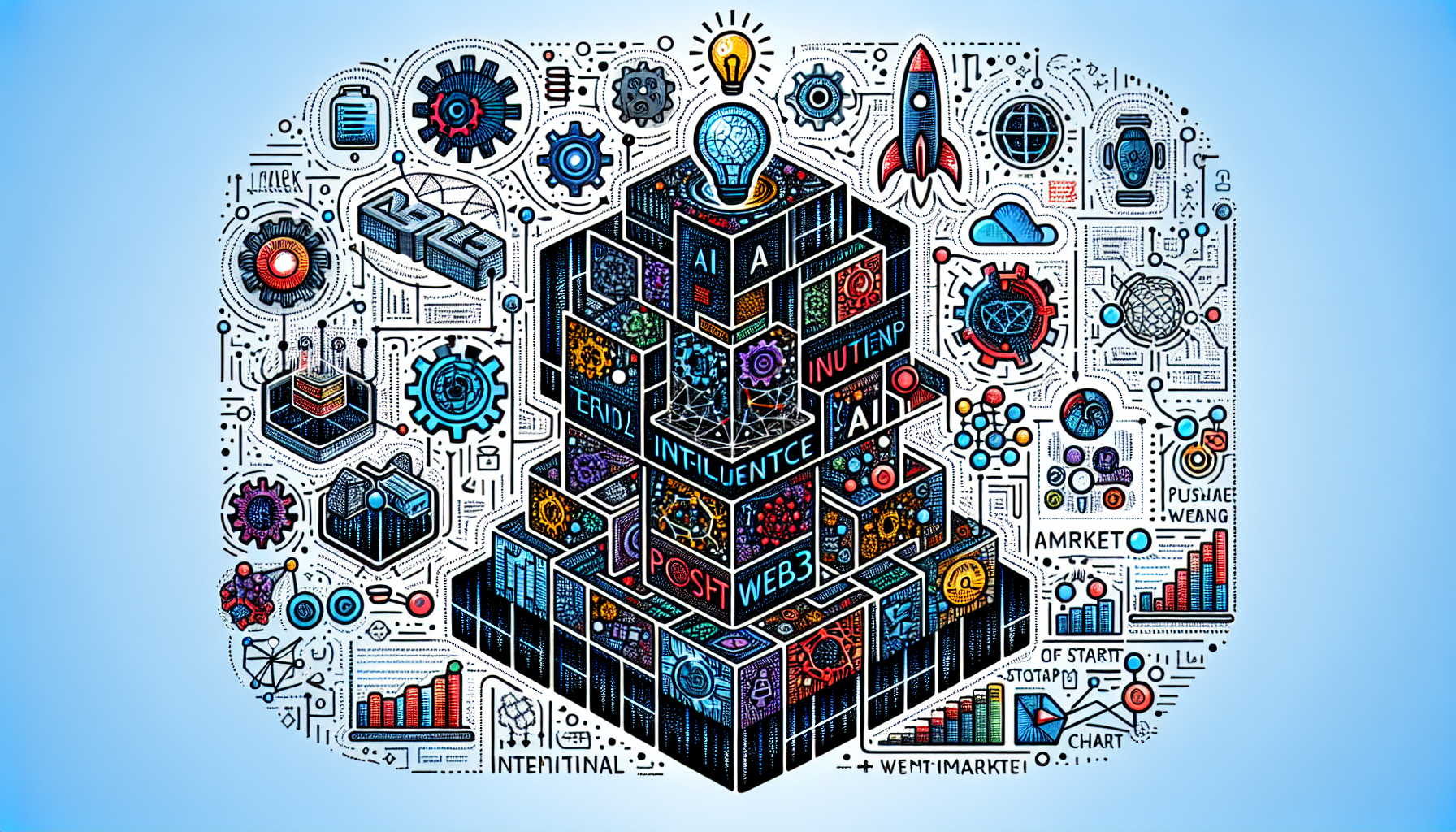AI Agents: The Future of Web3 and the Rise of Autonomous Economic Actors
The evolution of Web3 has been a journey of innovation, complexity, and untapped potential. While blockchain technology, decentralized finance (DeFi), and smart contracts have revolutionized the digital landscape, the adoption of Web3 by everyday users has been slower than anticipated. The primary reason? Web3 was never designed for humans at scale—it was built for machines. Now, with the emergence of AI agents as autonomous economic actors, the true potential of Web3 is finally being unlocked. This article explores how AI agents are reshaping the Web3 ecosystem, the layers of the "Post Web" tech stack, and what this means for startups and the broader market.
The Web3 Usability Challenge
Despite the hype surrounding blockchain and decentralized applications (dApps), Web3 has struggled to achieve mass adoption. Approximately 10% of the global population owns cryptocurrency, but only a fraction actively engages with decentralized platforms. The complexity of Web3—ranging from self-custody and smart contracts to cross-chain bridging—has created significant barriers for the average user. While Web3 excels in back-end innovation, its front-end usability has been a major roadblock.
This is where AI agents come into play. Unlike humans, AI agents thrive in complex environments. They can process vast amounts of data, automate intricate workflows, and seamlessly interact with decentralized networks. By acting as intermediaries between users and Web3 infrastructure, AI agents eliminate the friction that has hindered adoption. In essence, they are the users Web3 has been waiting for.

The Post Web: A New Era for Web3
The "Post Web" represents a paradigm shift in how we think about the internet. In this new era, AI agents replace humans as the primary users of Web3. This transformation is built on three core layers: the Agentic Layer, the Trust Layer, and the Infrastructure Layer. Together, these layers create a machine-optimized internet where AI agents execute tasks, manage assets, and transact autonomously.
1. The Agentic Layer: AI as the New Interface
In the Post Web, users no longer need to navigate wallets, exchanges, or dApps manually. Instead, AI agents act as personalized digital intermediaries, handling everything from asset management to complex economic decisions. The Agentic Layer bridges the gap between user intent and execution. Users simply express high-level goals—such as investing in assets or booking travel—and their AI agents handle the rest.
This layer also introduces the concept of smart wallets, which evolve into sovereign identity hubs. These hubs store personal data, assets, and permissions, enabling AI agents to act with precision and autonomy. By delegating actions to AI, users gain complete control over their digital lives without needing to interact directly with complex systems.
2. The Trust Layer: Smart Contracts & DLT as the Backbone
For AI agents to execute real-world tasks, they require deterministic, verifiable environments. This is where blockchain technology and smart contracts become indispensable. Unlike AI models, which operate on probabilistic logic, smart contracts provide certainty and enforceability. They ensure that transactions and agreements are executed with absolute finality, making them ideal for economic activity.

Decentralized ledgers (DLT) further enhance this trust layer by ensuring that agent-driven transactions are secure, permissionless, and trust-minimized. This combination of smart contracts and DLT creates a robust foundation for the Post Web, enabling AI agents to operate with transparency and reliability.
3. The Infrastructure Layer: Compute, Data & DePIN
AI agents require more than just smart contracts; they need access to computing power, storage, and decentralized data networks. This is where Decentralized Physical Infrastructure Networks (DePIN) come into play. DePIN provides on-demand resources, allowing AI agents to operate at scale without relying on centralized cloud providers like AWS or Google Cloud.
Projects like Akash and Render are already building decentralized GPU networks, while Ocean Protocol is creating permissionless data exchanges. These innovations ensure that AI agents can function as sovereign entities, free from the constraints of centralized gatekeepers. For startups, integrating with decentralized compute and storage markets will be critical to success in the Post Web era.
The Internet Reimagined
The Post Web represents more than just an evolution of Web3; it signifies the end of the internet as we know it. For decades, the internet has been built around human interfaces and centralized platforms. In the Post Web, AI agents take center stage, transforming the internet into a machine-driven ecosystem. This shift is not just about improving Web3—it's about redefining it.
As AI agents become the primary users of Web3, the focus shifts from human-centric design to machine optimization. The Agentic Layer, Trust Layer, and Infrastructure Layer work together to create a seamless, autonomous digital economy. The question is no longer whether this shift will happen, but whether businesses and startups are prepared to build for it.
Conclusion: What This Means for the Market
The rise of AI agents as autonomous economic actors has profound implications for the Web3 ecosystem and the broader market. In the coming weeks, we can expect increased investment in AI-driven Web3 solutions, particularly in areas like smart wallets, decentralized infrastructure, and agent-friendly protocols. Startups that embrace this shift and focus on building for the Post Web will be well-positioned to lead the next wave of innovation.
For the market, this transformation signals a move toward greater efficiency, scalability, and autonomy. As AI agents unlock the full potential of Web3, we may see a surge in adoption and new use cases that were previously unimaginable. The future of Web3 is not just decentralized—it's autonomous, and it's here to stay.

